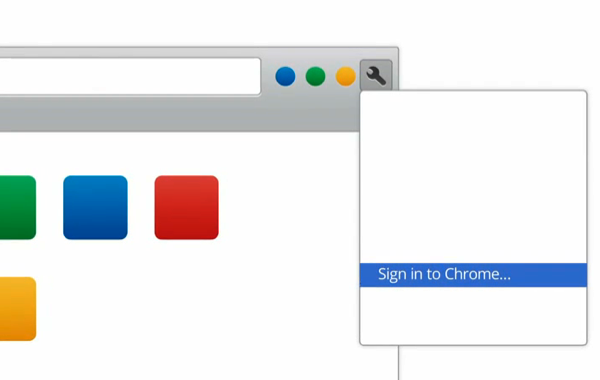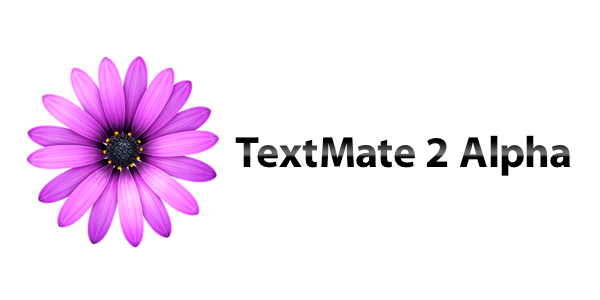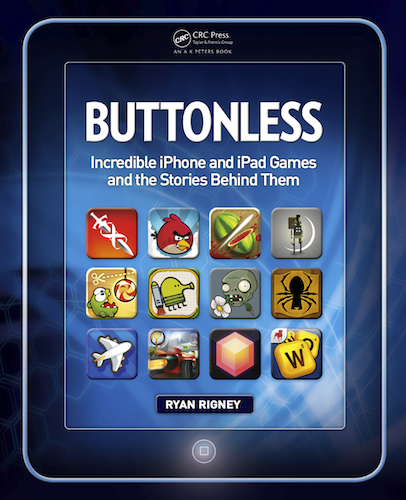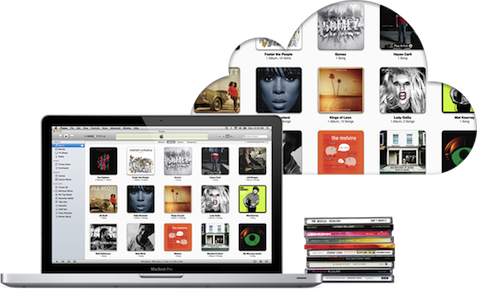Coinciding with the launch of their official Xbox LIVE application for iOS, Microsoft has brought Kinectimals to iOS, giving Xbox 360 owners an opportunity to play the iOS version and unlock up to five new cubs for the Kinect version. Kinectimals, only $2.99 on the App Store, allows gamers to explore the island of Lemuria while caring for and playing with their own virtual cub. At the beginning of the game, players will choose their very own cub to care for, feed, and interact with. Available for the iPhone, iPod touch, and the iPad, Kinectimals brings the same visual flavor of the Xbox 360 version to your mobile devices.
Kinectimals is the first game that Microsoft has brought to iOS, with the incentive that it unlocks more content for the parent game. Kinectimals is its own stand-alone adventure, however, and can be downloaded as a universal app from the App Store.
[Major Nelson (Twitter) via The Verge]











